Last updated on October 26th, 2022 at 07:34 pm
- Classy, high-quality interior
- Decent range in class
- Vary large boot with rear seats down
- Korean crossover SUVs are better value
- Merely decent performance
- Infotainment lacks cutting edge multimedia capabilities
Range (WLTP): 250-329 miles Top Speed: 100-124 mph 0 to 62: 5.7-7.6 sec Cost/Mile (@29p/kWh): 7.3-8.1p
Introduction
Nissan was one of the pioneers of the EV revolution with the Leaf. So it has been somewhat surprising that, while the Leaf itself has developed over the years, Nissan has been slow to bring out any other EVs since the Leaf was launched in 2011. Japanese car manufacturers in general have faced considerable disapproval for their foot-dragging with EVs, but Nissan at least already had the Leaf. Now Nissan is facing forwards again with a new, much-anticipated EV – the Ariya. It’s in the lucrative crossover SUV category, which Nissan arguably invented with the Qashqai, and it’s no shared hybrid platform. It’s a pure BEV, designed to be electric from the ground up.
Price and Options
Where the Leaf was (sort of) in the affordable hatchback class, the Ariya most definitely isn’t. Like many other traditional carmakers, Nissan has chosen to focus on the premium crossover SUV class for its electric challenge, presumably because there is more opportunity for a healthy margin here than with a small compact car.
Since the original launch, Nissan has rationalised the options with the Ariya somewhat. There was initially going to be five drivetrain options but now there are just three. The base model, which is what we tested, comes with a 160kW (214hp), 300Nm torque front-wheel-drive motor and 63kWh battery. Then there’s a more powerful 178kW (238hp), 300NM torque front-wheel-drive motor and 87kWh battery. Finally, topping the range is a dual-motor all-wheel-drive e-4ORCE version with 225kW (301hp) and 600Nm of torque, using the 87kWh battery. Wisely, Nissan hasn’t bothered pairing e-4ORCE with the 63kWh battery, which was originally planned. The 290kW Performance 87kWh e-4ORCE is also missing, which is more of a disappointment.
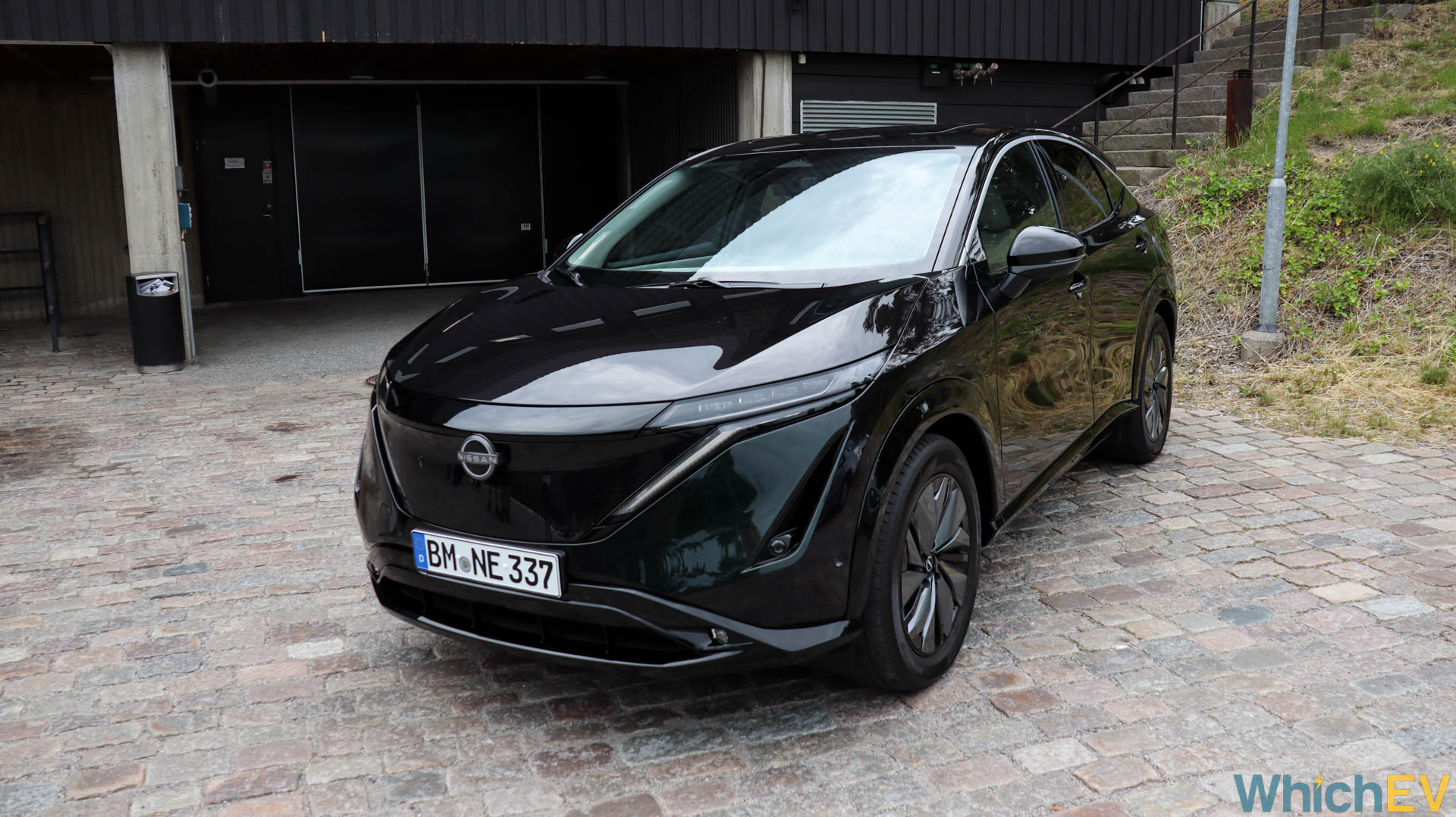
Nissan is just offering two trim levels, as well. The basic one is called Advance, and for £3,995 extra you can specify the Evolve trim. The car we tested was the latter. Both trims are well endowed, as Nissan doesn’t seem to think selling an EV in this class with an entry-level specification is worthwhile. Even the Advance comes with full LED lighting, heated mirrors, a hands-free power tailgate, and 19in alloys. There’s dual-zone climate control, electrically adjusted heated front seats and a heat pump as standard. We’ll go into more detail in a later section, but the standard safety tech is comprehensive, too, including ProPILOT with Navi-Link and Auto-Park features. A wireless charger with wireless Apple Carplay is standard as well, alongside a 360-degree parking camera.
The Evolve trim adds an electric panoramic sunroof, adaptive headlight beams, a powered sliding central console, a camera-based rear-view mirror, ventilated front seats, heated rear seats, and simulated leather seats. There’s an upgraded 10-speaker Bose sound system, and the Auto-Park is upgraded with ProPILOT Park. The seats, mirrors, steering wheel, and other settings have a memory function. You also get options to add 20in alloys, some different seat materials including Nappa leather, and a Sport Pack (£1,995) that includes both.
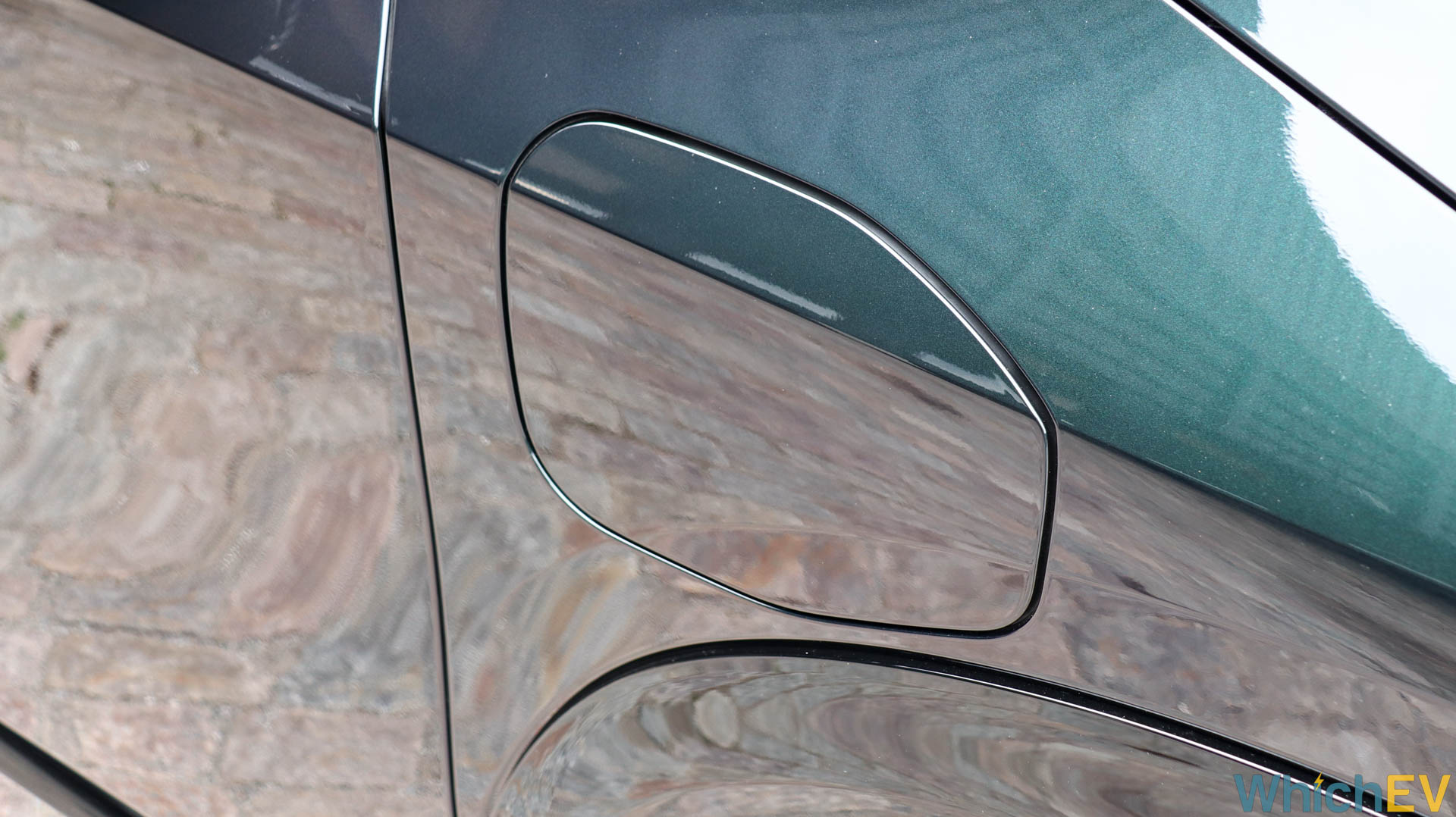
Aurora Green paint (which looks black in most lighting) is the default colour, and paint choices range in price from £575 for standard shades to £1,395 for the top two-tone pearlescent options. The copper two-tone paint used in a lot of the press shots is £1,225. Adding 20in wheels costs £850. You can add the Bose speakers to an Advance car for £1,750, and the panoramic sunroof for £1,295. The basic AC charging is 7.4kW, but this can be upgraded to 22kW for £895 on the 63kWh car, but it comes as standard with the 87kWh cars.
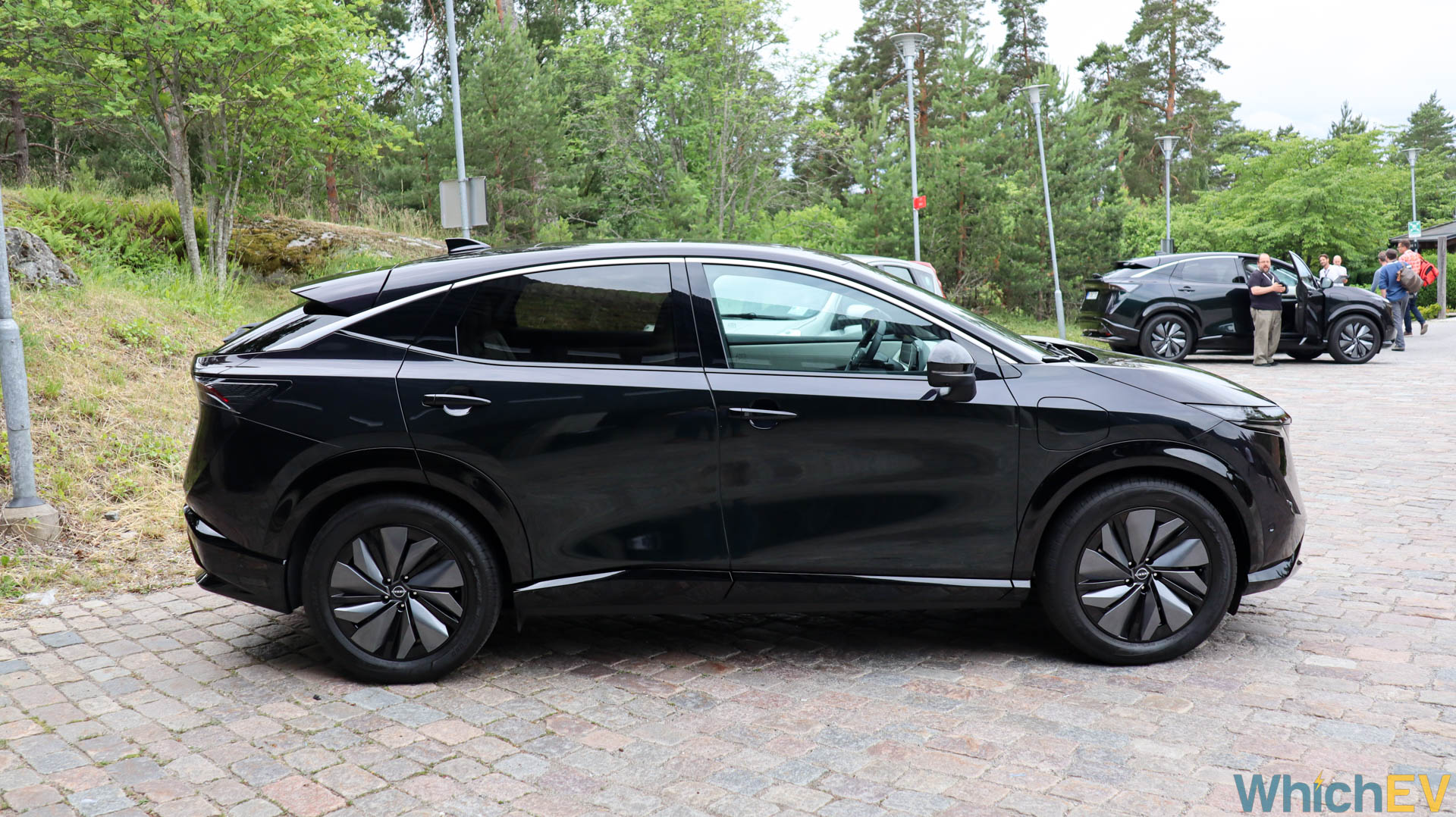
Unfortunately, you pay for the high spec, with a starting price of £43,845 for the basic 63kWh Advance, with the 87kWh FWD Advance costing £49,595, and the e-4ORCE starting at £52,295. The range-topping e-4ORCE Evolve costs a whopping £56,290. Putting that in perspective, it’s just £1,700 less than the Tesla Model Y Long Range, and much more than a top-of-the-range IONIQ 5 AWD. It’s not much cheaper than a Kia EV6 GT, which is a much faster crossover. However, Nissan does claim a higher residual value than many competitors, which could make lease deals cheaper per month.
Exterior Design
So the Nissan Ariya is expensive compared to its Korean rivals, but it is a bigger crossover SUV than either, closer to the Nissan X-Trail in size, although not quite as big as the latter. As this is a pure BEV platform, there is no hint of an air intake grille, with a smooth front face and mean-looking LED lighting. The appearance is quite tall and stubby, with an air of futurism, but not as radical as the approach taken by the Korean manufacturers with their current designs.
It's a high-riding vehicle and looks quite sloped at the back, although this is accentuated by the top window trim. The roof itself goes higher, which is sensible as cars with very sloping rear roofs, such as the Kia EV6, do lose rear passenger headroom as a result. Overall, while we wouldn’t call this car pretty, it does look both technology-focused and classy. It also has an air of quality about it, with a reassuringly solid build.
Interior Comfort
Nissan talks about the interior of the Ariya being a “lounge”, and it certainly feels spacious. Thanks to the Ariya being a pure BEV with the batteries beneath the floor and the longest possible wheelbase, interior capacity is maximised. The driver and front passenger feel like they have plenty of room, with enough headroom for people well over six feet. The electrically operated seats include lumbar adjustment, which means you can get precisely the fit for your body size and shape.
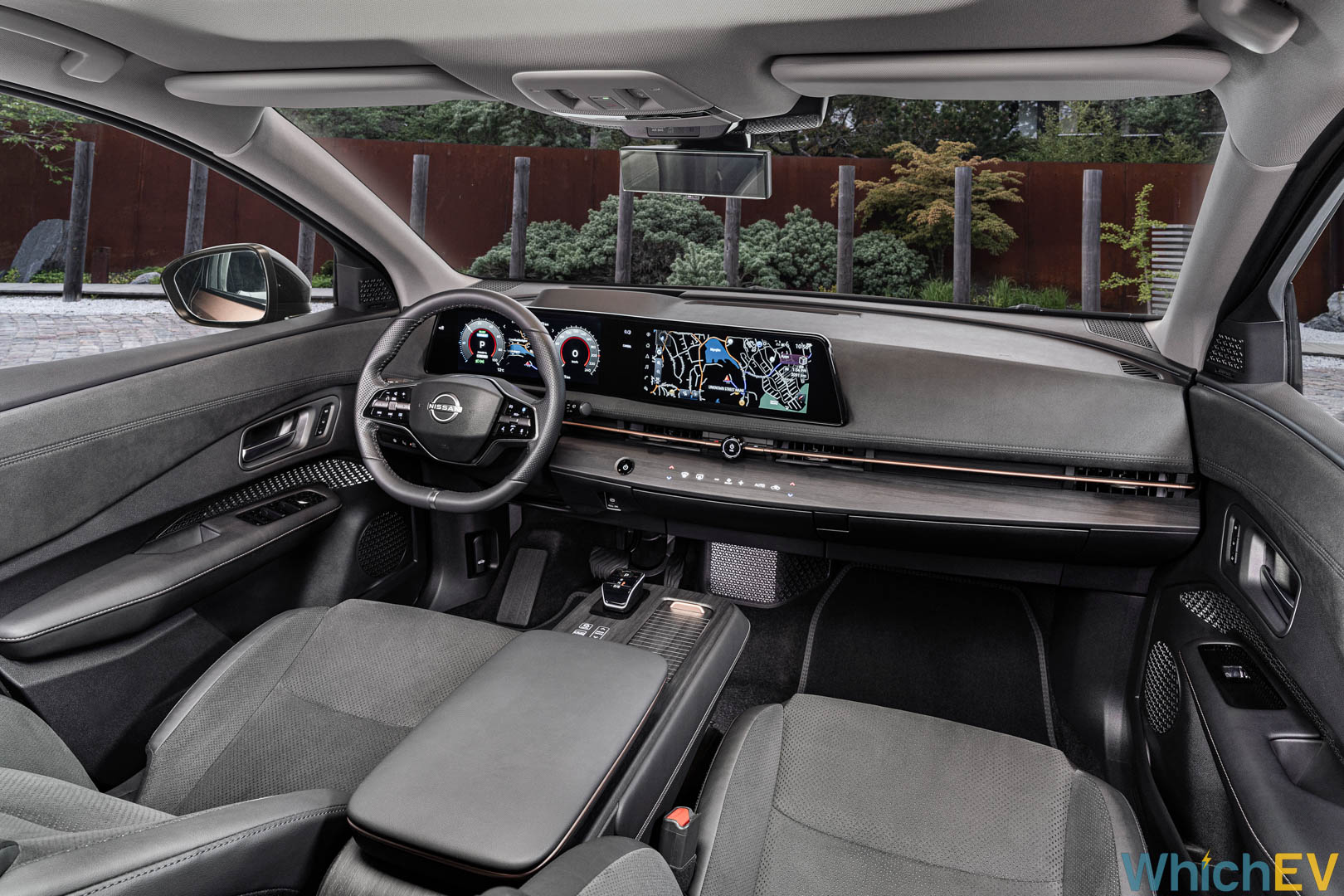
Black fabric is the standard upholstery for the Advance trim, with a grey option including PVC adding £495. The basic Evolve fabric is black PVC with synthetic suede, but you can swap this to the light grey version for £495, or blue Nappa Leather for £1,295. Our test car had the light grey option, which has a pleasant premium feel to it.
The central console in the front is quite high, but with the Evolve trim it has a party trick – you can move it backwards and forwards 15cm. Unlike the IONIQ 5, which also has a movable central console in some versions, with the Ariya this is electrically powered using buttons on the side. You can move it back to slide across from driver to passenger, or forwards to give middle rear-seat passengers more space. The console has a couple of reasonably sized cupholders beneath a sliding panel. These have spring-loaded retainers to fit a variety of cup sizes, although they are not as flexible as the ones VW uses on the ID.3 and ID.4. There’s a wireless phone charger under the arm rest, for a single phone, and a small amount of storage space but not very much compared to some cars. There are some USB ports below the central console and a slot to keep a phone, if you want to use that for wired device charging.
The glove compartment is quite small, but the Ariya has another trick here – a secondary compartment you open using buttons on the central console. This is small, but will be a good place to keep things of value like coins and toll zone passes, because it’s secure and even if someone breaks into your car they probably won’t realise it’s there, nor will they be able to open it without powering the car.
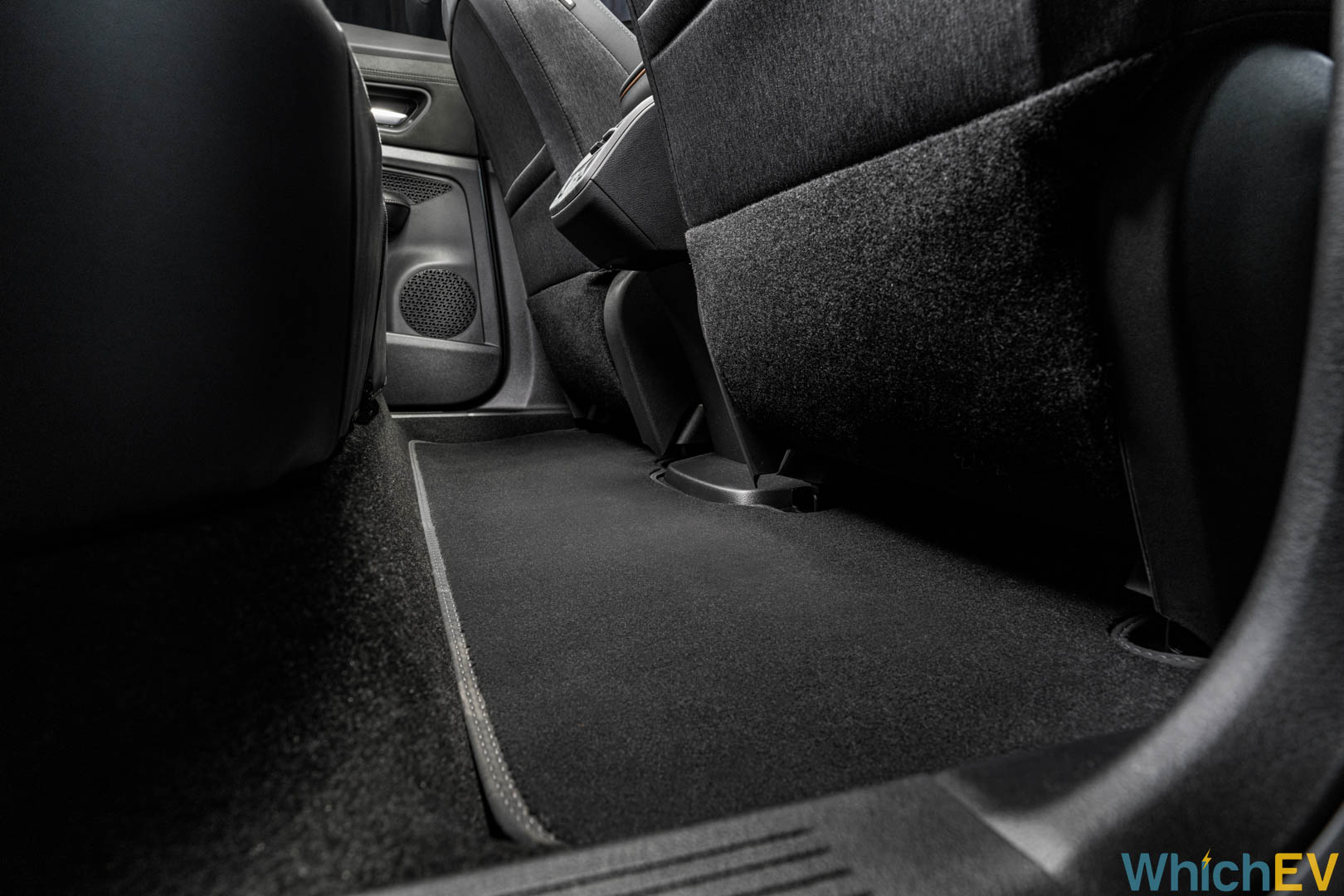
Space isn’t quite so capacious for rear-seat passengers – there is some downside from the sloping roofline – but this is still a comfortable space. The seats are pleasant and even the middle seat will be okay for a short journey as an adult, although a longer journey will mean child only. At least there is no transmission tunnel and having the ability to move the central console forward means there can be a decent amount of leg room for the middle seat passenger. If you only have outer seat passengers, the middle seat back can be pulled forward to reveal an arm rest and two cupholders.
Rear-seat passengers have two central air vents to direct, as well as USB C and Type A for device charging. With the Evolve trim, there are buttons for the heated seats, too. The middle rear seat isn’t heated, however. The two outer rear seats have ISOfix points hidden inside zipped areas.
Storage and Load Carrying
The Ariya has a comfortably capacious cabin, but the boot space is particularly impressive. For the FWD versions, this starts at 466 litres with the rear seats up, although the figure drops to 408 litres with the e-4ORCE due to the rear motor taking space (note that the left-hand drive Ariyas have 2 litres more, for some strange reason). The Kia EV6 and Hyundai IONIQ 5 both surpass these figures considerably. With the FWD car, you get a space under the level floor for cable storage.
Drop the rear seats forward, however, and the Nissan leaps ahead of its Korean competitors. There is the typical 60/40 split in the rear seats, although you do have to go round to the side doors to drop the seats forward. The result is 1,711 litres for the FWD car, and 1,653 litres for the e-4ORCE. Putting that in perspective, the Skoda Enyaq iV actually has 1 litre less capacity than the FWD Ariya, and that’s a longer, wider (but shorter) car. The Enyaq’s is also one of the biggest boots around, so if you do need to cart very large items, the Ariya is excellent, with only the Tesla Model Y surpassing it in this class. The powered tailgate release – which in our testing was quite reliable – is a nice touch that all trims benefit from. The FWD cars can also tow up to 750kg, and the e-4ORCE up to 1,500kg. But there is no frunk.
Nissan has followed a similar route to VW’s ID cars with the Ariya, blending some traditional controls with touch buttons. However, we think the Ariya’s approach has a more premium feel about it. The steering wheel is conventional, with just a flattened out bottom lending slight funkiness. There are buttons and rockers for media and menus on the left, with cruise control operations on the right. Conventional stalks for lights and windscreen wipers are included too.
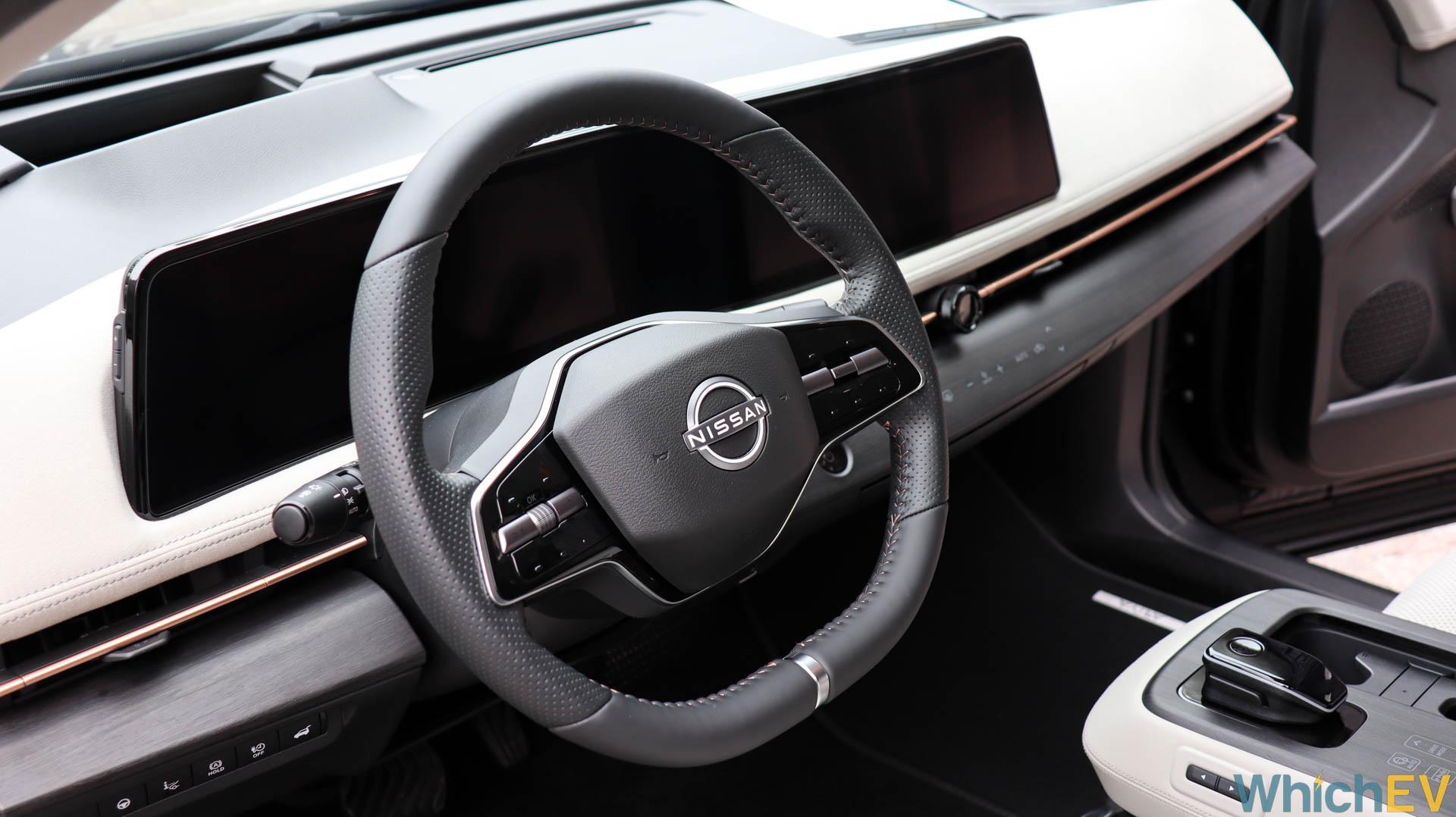
There’s a puck-like control in the centre console for selecting drive, reverse, and neutral. A button on the top selects park, and one on the side is necessary to choose reverse. You can also switch to a B mode, which increases regeneration. There are buttons for the heated steering wheel, auto hold, and opening the tailgate down to the side of the steering wheel.
Most other functions are accessed via touch buttons, but this is where the Ariya transcends the VW ID. cars. The Volkswagen buttons feel a bit cheap, but Nissan’s are basically lit (or etched) symbols on an otherwise flush surface, with haptic feedback to let you know you’ve touched them. This is classier, and the lighting means they are easier to see in the dark.
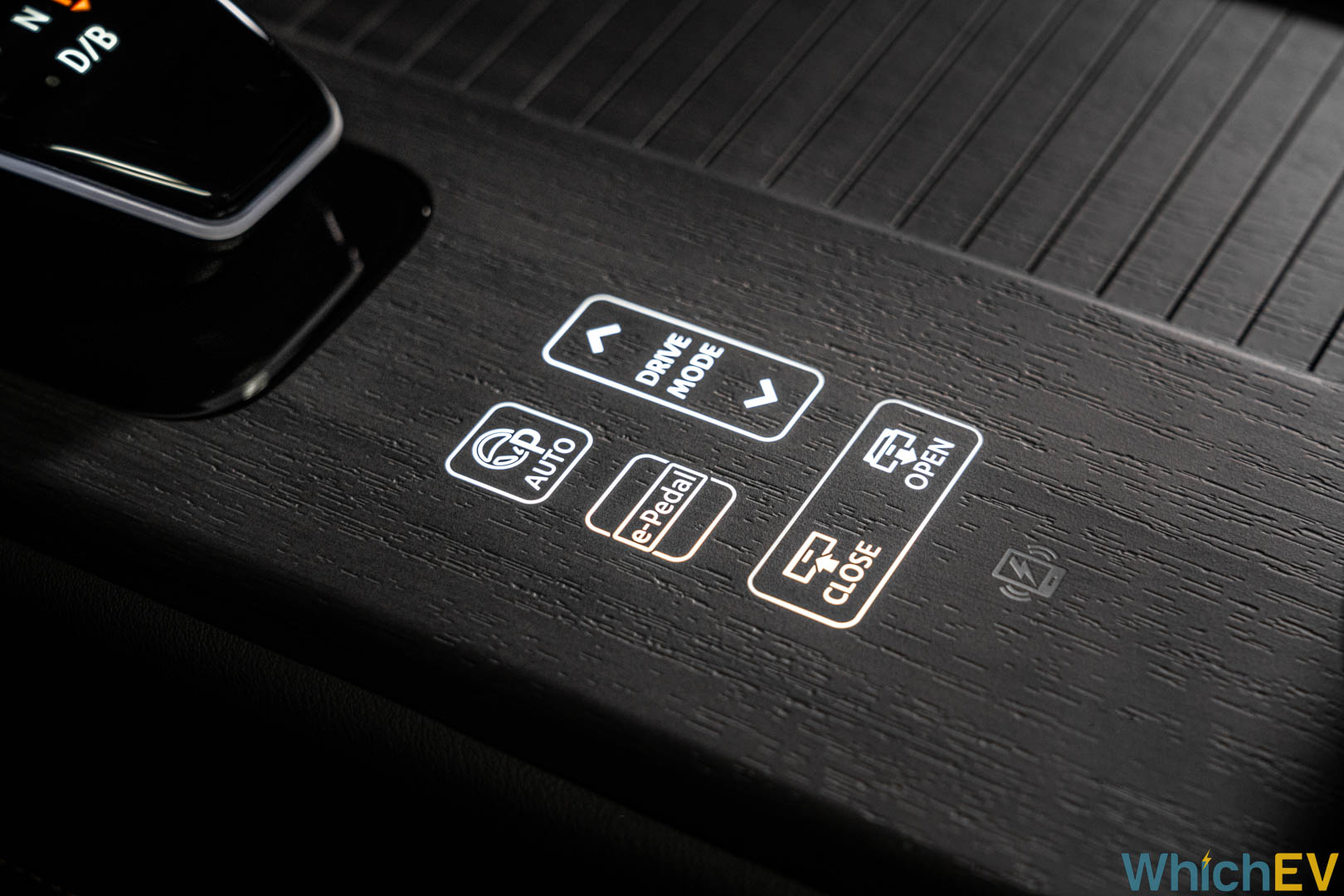
The touch-buttons on the central console open the secret second dashboard compartment. They also enable auto hold (we don’t know why there are two buttons for this), and e-Pedal mode. This configures regeneration to a level where you can basically drive with just the accelerator unless emergency braking is required – a familiar feature for Nissan Leaf owners. There are touch-buttons for selecting the drive modes, from Eco, to Normal, to Sport.
The climate control buttons are on the dashboard, giving you options to change the temperature in the two zones, turn on front and rear demisters, and change the fan speed. It’s great having separate controls for these key functions, and the lighting is more than adequate to find them in any level of illumination.
There are two 12.3in screens in the dashboard, one for the instrumentation, and one for the infotainment screen. The instrumentation is entirely digital, with no analog dial emulation at all. At the top, in the middle is the current speed, with the range on the right in percentage, distance and graph form. On the right is a display showing motor power and regeneration. The main part of the display can be ADAS information, a satnav excerpt, or menu choices. There are various other readouts ranged either side. On the Evolve, you also get a very competent windscreen HUD showing speed, satnav excerpt, speed limit and ADAS messages.
The 12.3in infotainment display can be filled with satnav information, an icon-based settings menu, or you can have a hybrid display showing satnav, media information and chargepoint data. Both Apple Carplay and Android Auto are also supported, although only the former wirelessly. The latter needs a USB cable. It’s a competent system, but not filled with the multimedia capabilities of cars from Tesla or Polestar. There will be no option to watch Netflix while you charge.
Performance and Driving
The Nissan Ariya is reasonably quick for an SUV this size, but not particularly so by premium EV standards. The 63kWh car takes 7.5 seconds to hit 62mph, and thanks to its increased power, the 87kWh FWD version is only slightly slower at 7.6 seconds. These figures beat the single-motor Volkswagen group SUVs. The e-4FORCE takes a more competitive 5.7 seconds, and if the Performance version ever arrives it will take 5.1 seconds.
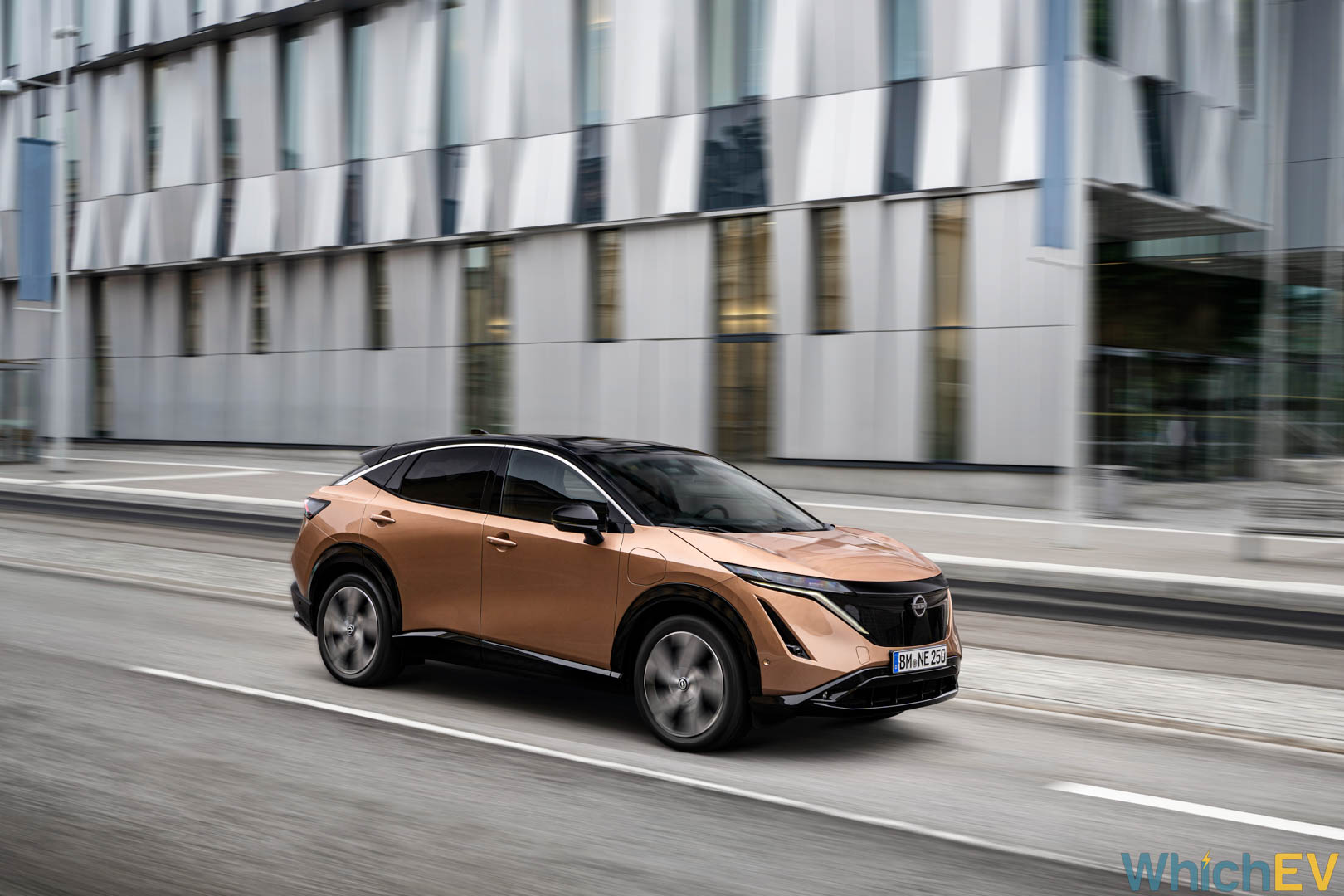
The e-4FORCE has a balanced 50/50 weight distribution, which only varies a little in the FWD versions to 52% front and 48% rear. So the handling is quite predictable and with most of the weight low, the Ariya goes round corners quite flatly for a tall SUV. It’s not exactly a sporty driver’s car, but the steering is responsive enough with adequate feedback. The FWD 63kWh didn’t exhibit any torque steer during our testing, either, although the FWD 87kWh has more power so might have potential for this.
The Ariya is more of a comfortable family transporter than a driver’s car, but it does sit confidently at highway speeds. We weren’t able to go that fast when we tested the car in Sweden because the limits are quite low in that country, but we did get to try a lot of windy country roads and it handled those extremely well. The Ariya is no hot crossover SUV, but it’s capable of rapid transit in comfort, within the confines of the law.
Range and Charging
Nissan has managed to improve the WLTP range ratings of the Ariya since the launch announcement. The basic 63kWh Advance can manage 250 miles, which drops to 247 miles with the Evolve trim. Most impressively, the 87kWh Advance and Evolve FWD achieve 329 and 322 miles of WLTP range respectively. This drops to 310 miles with the AWD e-4ORCE. These are all considerably higher than the launch estimates, and all enable long-range driving. The e-4ORCE is a little slower than a Tesla Model Y Long Range, and a little behind on range but not so much in either case to be a huge let-down. Range on all models is competitive with equivalent SUVs from the Volkswagen Group brands.
One thing that will shock previous Nissan Leaf owners is that the Ariya has switched to CCS from CHadEMO, which probably spells the end for the venerable DC charge port standard, at least outside Japan (where the Ariya will come with both types of connection).
Charging provision is decent, if not up with the latest 400V/800V systems from the Hyundai Motor Group cars (Hyundai and Kia). The Ariya supports up to 130kW, and the 87kWh pack can maintain this for longer. This means that while the 63kWh battery takes 28 minutes to go from 20 to 80%, the 87kWh only takes two minutes more – 30 minutes. So while the top charging rate doesn’t sound huge by today’s standards, the charging times are respectably short for distance travel.
Charging from 10 to 100% on AC takes 10 hours for the 63kWh battery and 13.5 hours for the 87kWh one, but if you opt for the 22kW AC capability and have that level of power available, for example at a workplace, this is massively decreased. The 63kWh battery will then take 3.5 hours, and the 87kWh battery 5 hours. So this will be a worthwhile upgrade if you can make use of it.
Running Costs
Based on the WLTP ratings, you are getting close to 4 miles per kWh with the 63kWh battery and Advance trim. This drops to 3.8 miles per kWh for the 87kWh FWD, and 3.6 miles per kWh for the e-4ORCE. These are not market-leading efficiency figures, but they’re not terrible either. Assuming a 29p per kWh home supply, that would equate to 7.3p per mile, 7.7p per mile, and 8.1p per mile respectively. But of course, electricity rates can vary greatly, and are rising.
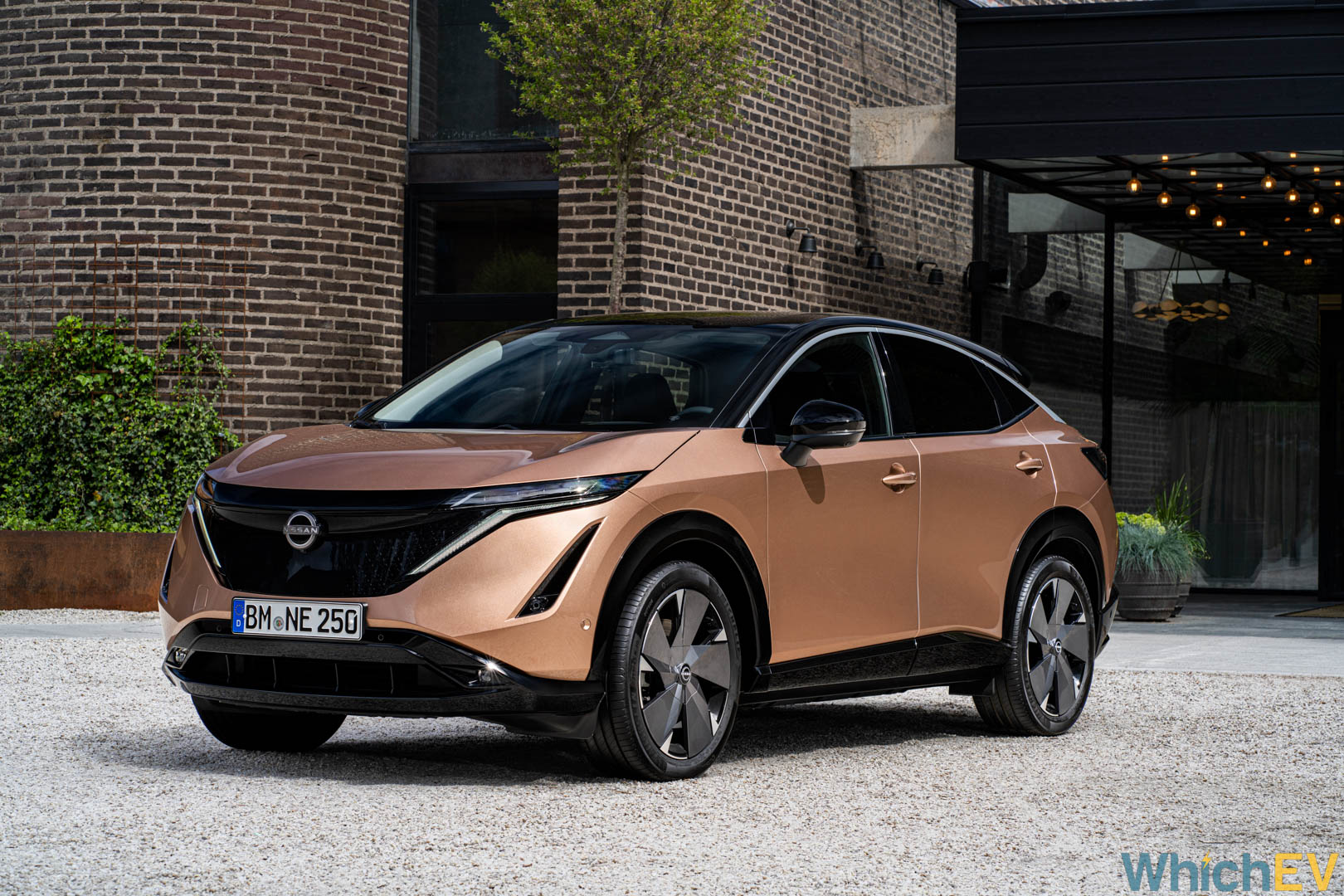
The 63kWh car is in insurance group 30, and the 87kWh FWD group 34, which are reasonable. However, this leaps to 41 for the e-4ORCE car, which is quite high, although not Tesla high. The general vehicle warranty is a basic three years or 60,000-miles, which is like European cars but behind Korean ones, and MGs. There’s a five-year, 60,000-mile guarantee on “all EV dedicated components”, and the battery is warrantied for eight years or 100,000-miles and 9 out of 12 bars of capacity, which should be equivalent to 75%. The paintwork has a 12-year anti-perforation warranty. The service interval is 18,000 miles, which is a bit low for an EV.
Safety
It’s great to see that modern cars don’t make safety an option, although a lot of this is driven by the need to have this for a five-star NCAP rating. The Ariya doesn’t have one of these yet, but it has the tech to do well. There is Lane Keep Assistance, Blind Spot detection (which pops up as an orange triangle on the wing mirror), rear cross traffic alert, intelligent front and rear emergency braking, and predictive forward collision warning – all from the Advance trim onwards. The Lane Keep Assistance gives you a slight haptic nudge, but nothing quite as intrusive as the shove you get from some cars, making it very effective without being too distracting.
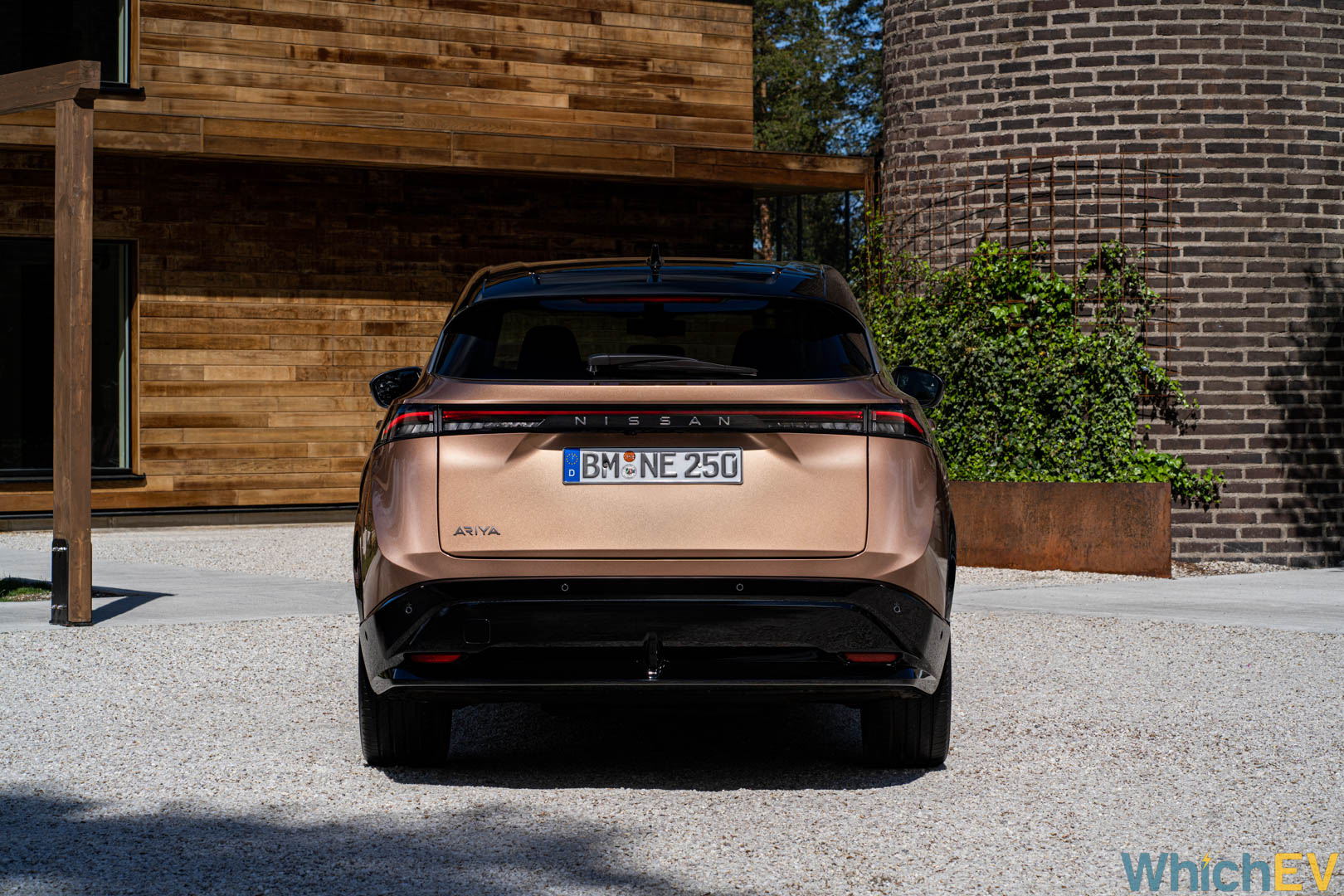
ProPILOT with Navi-Link, also available from Advance upwards, uses sat-nav information to augment the adaptive cruise with speed limits and road information. The Evolve trim doesn’t add any extra safety. It’s also great to see a 360-degree parking camera on all cars, but with the camera-based rear-view mirror on the Evolve, it’s even easier to park, although this is still a big car. All round visibility is good too.
| Price: | 63kWh – £43,845; 87kWh FWD – £49,595; e-4FORCE – £52,295 |
| Range (WLTP): | 63kWh – 250 miles; 87kWh FWD – 329 miles; e-4FORCE – 310 miles |
| Charge time (7.4kW): | 63kWh – 10 hours; 87kWh – 13.5 hours |
| Charge time (22kW): | 58kWh – 3.5 hours; 87kWh – 5 hours |
| Charge time (130kW, 80%): | 63kWh – 28 minutes; 87kWh – 30 minutes |
| Battery: | 63kWh or 87kWh |
| On Board Charger: | 63kWh – 7.4kWh AC (22kWh option), 87kWh – 22kWh AC; 63/87kWh – 130kW DC |
| Cost per mile*: | 7.3-8.1p |
| 0-62mph: | 63kWh – 7.5 seconds; 87kWh FWD – 7.6 seconds; 87kWh e-4ORCE – 5.7 seconds |
| Top Speed: | FWD – 100mph; e-4ORCE – 124mph |
| Power: | 63kWh FWD – 214hp; 87kWh FWD – 238hp; e-4ORCE – 301hp |
| Wheels driven: | Front-wheel-drive or all-wheel-drive (e-4ORCE only) |
| Cargo: | 466 litres (FWD) 408 litres (e-4ORCE); 1711 litres (FWD) 1,653 litres (e-4ORCE) with rear seats down; towing 750kg unbraked, up to 1,500kg braked (e-4ORCE only) |
*based on electricity costs of 29p per kWh




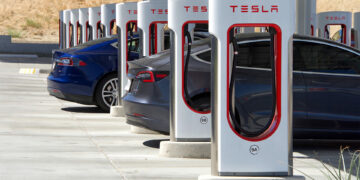

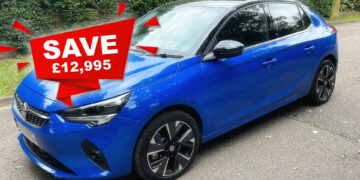



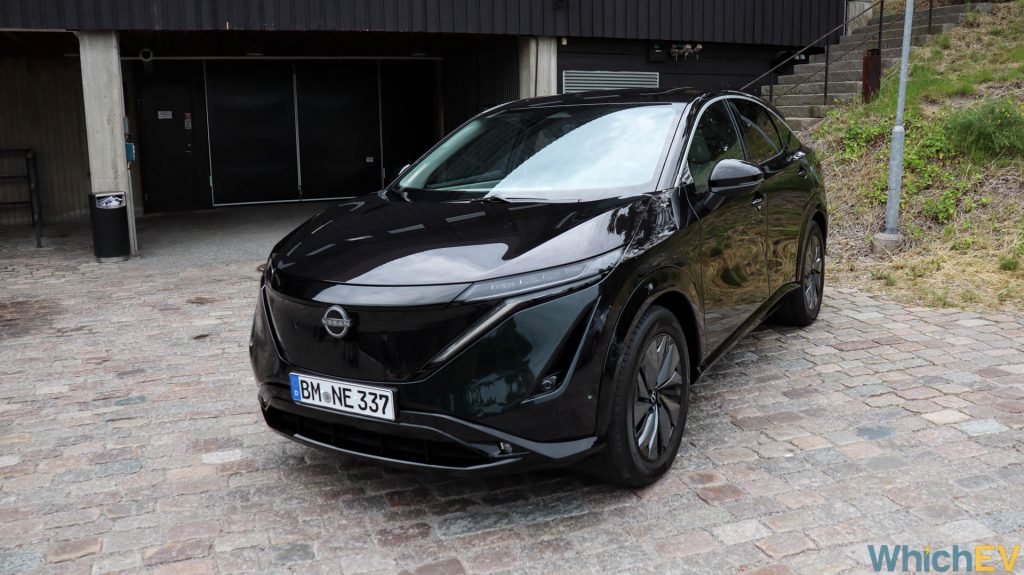
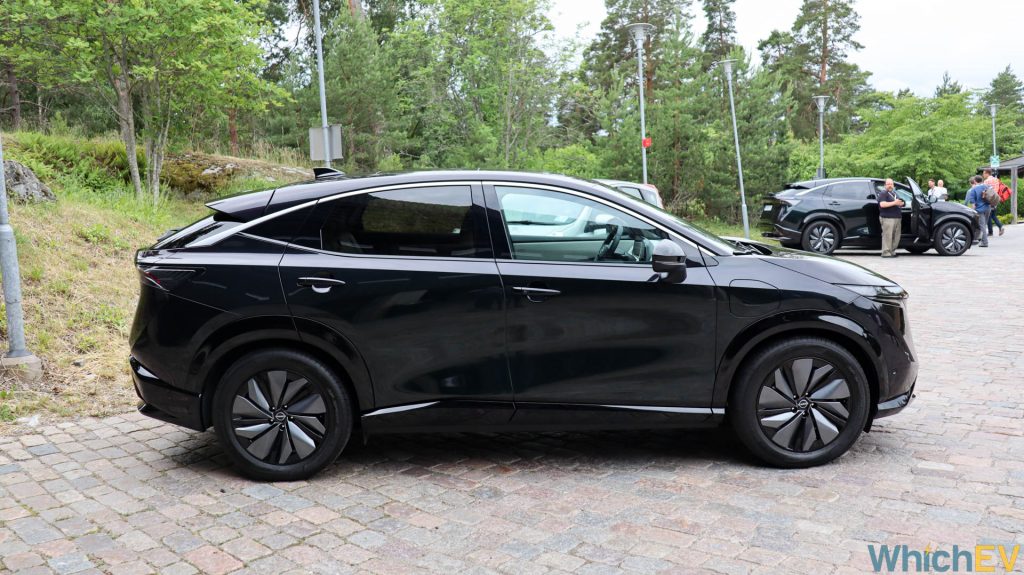
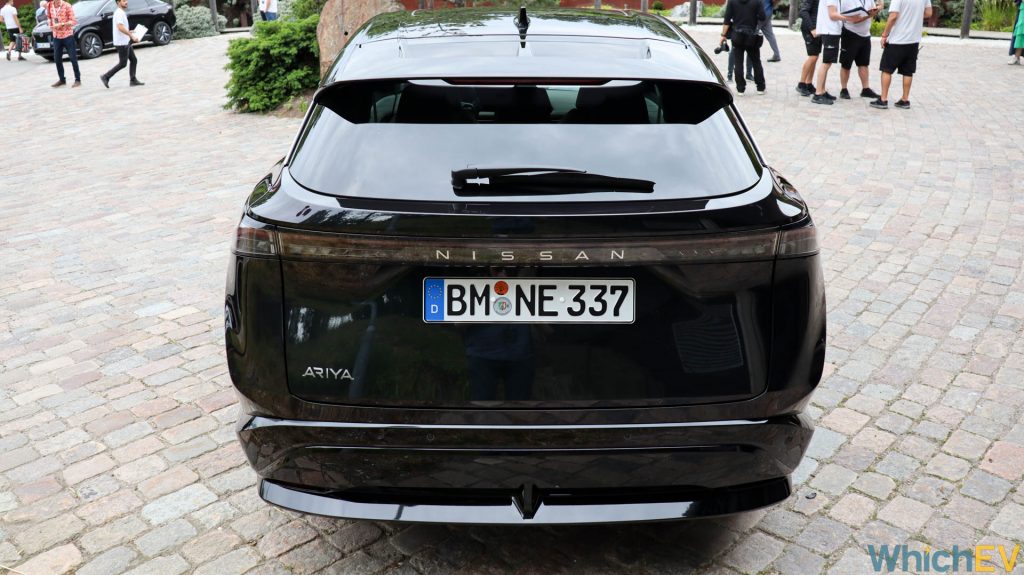

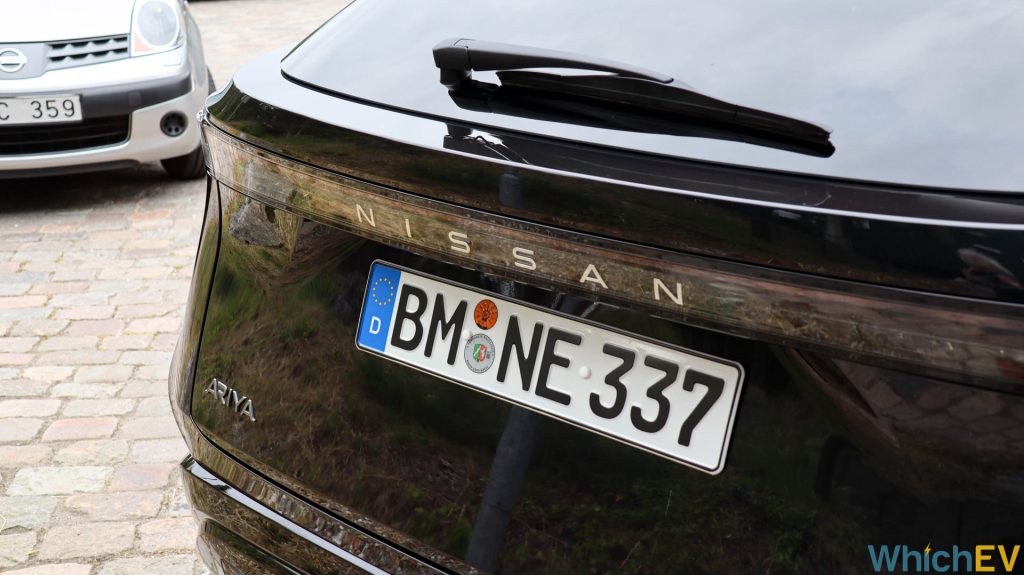


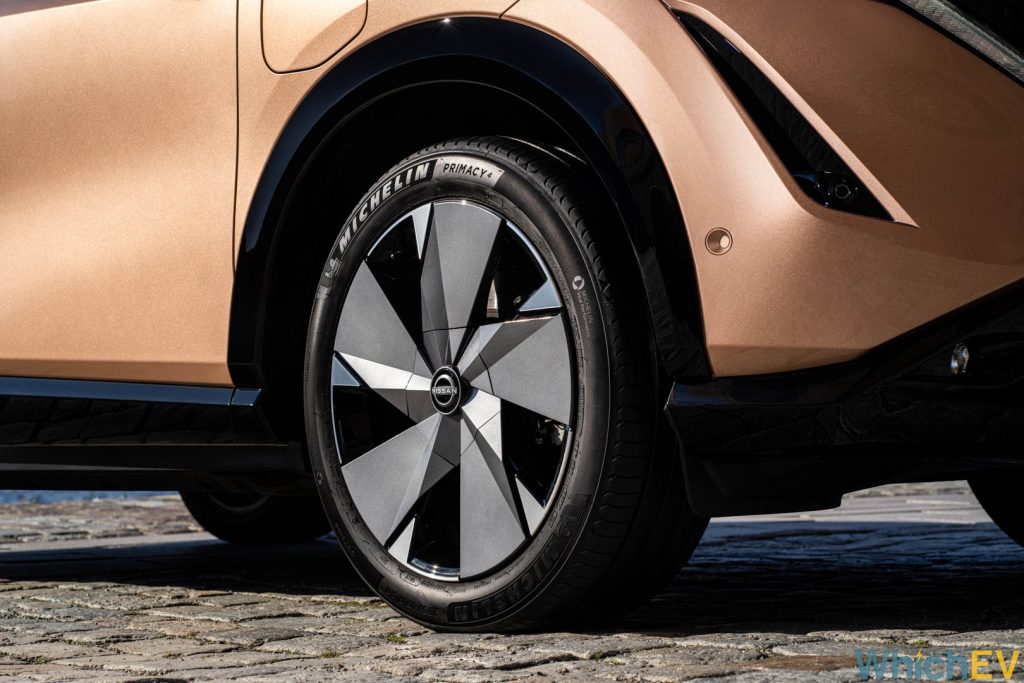



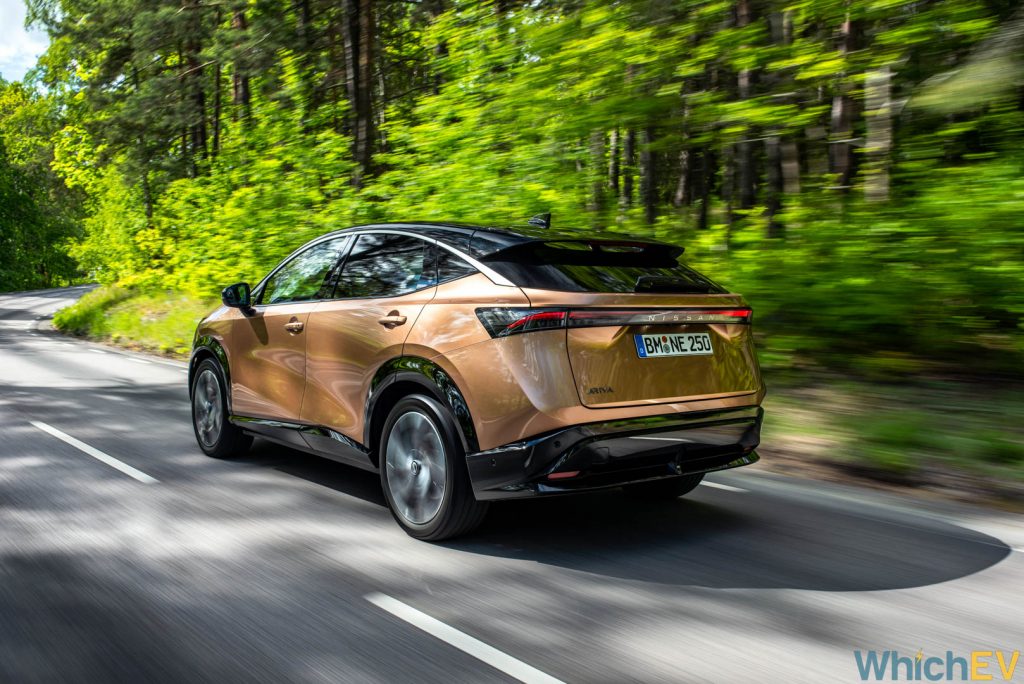
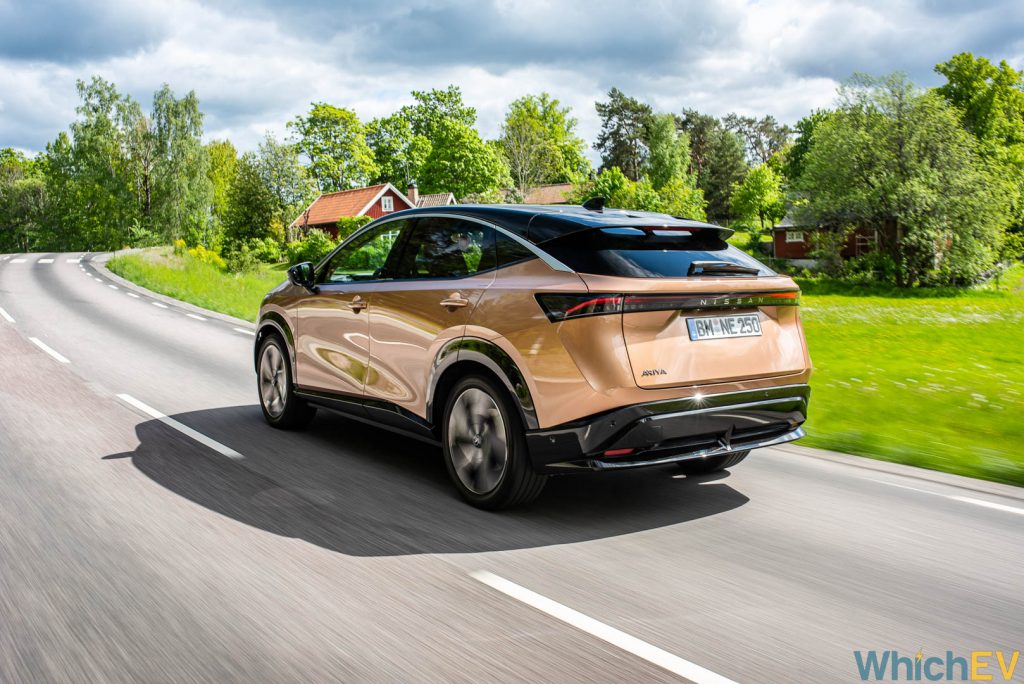
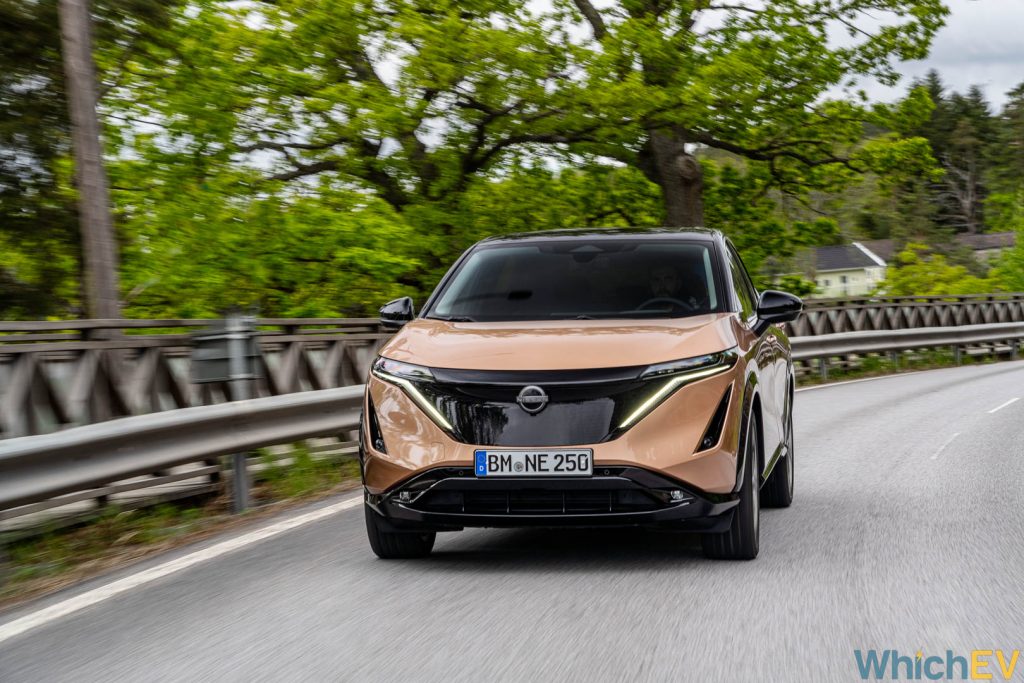

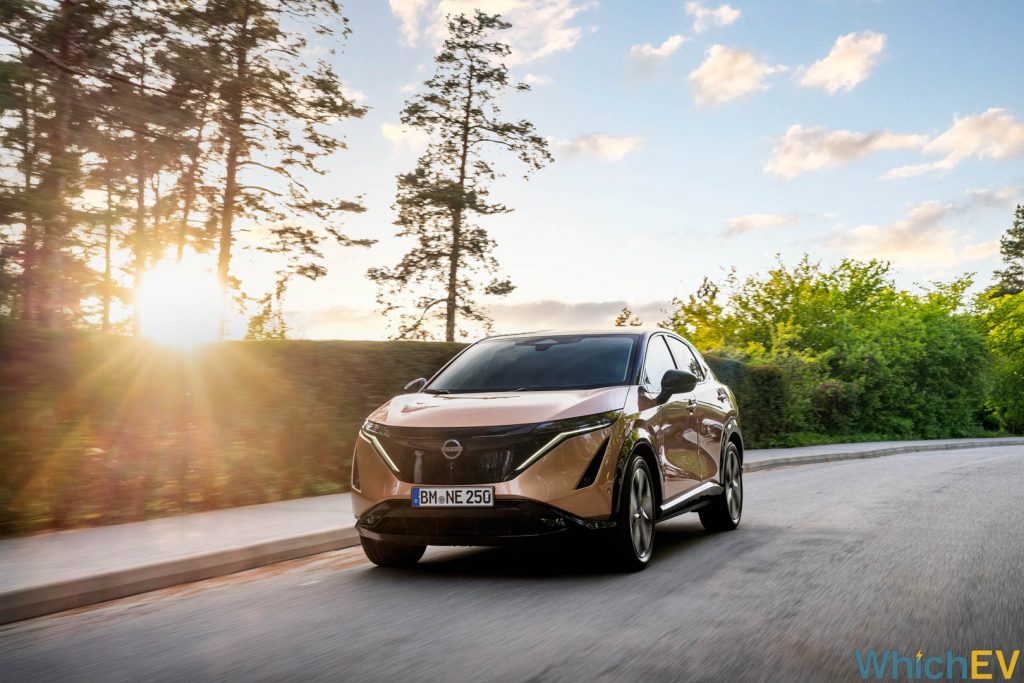
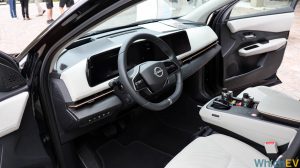
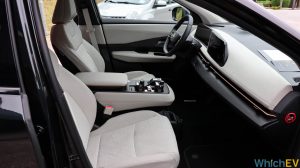
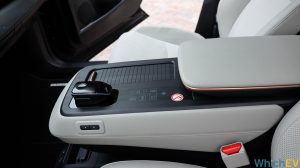
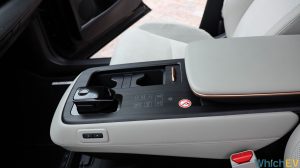



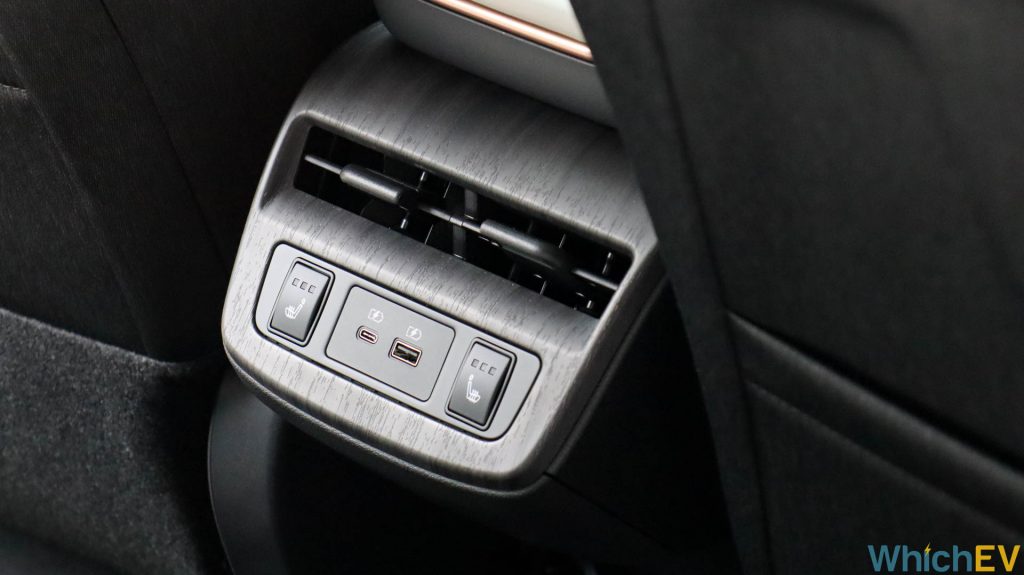
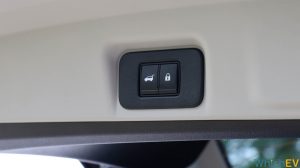

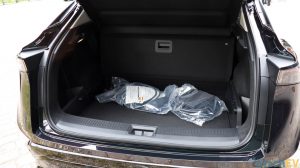

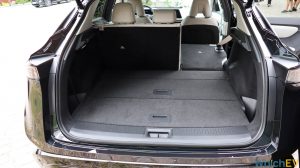
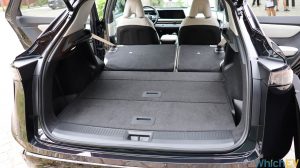


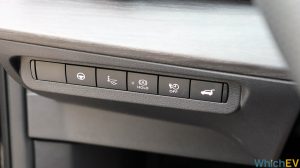
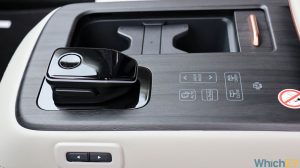




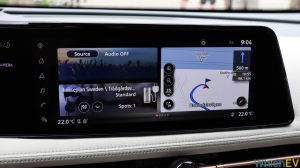


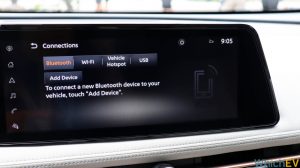
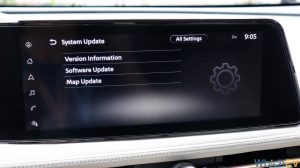

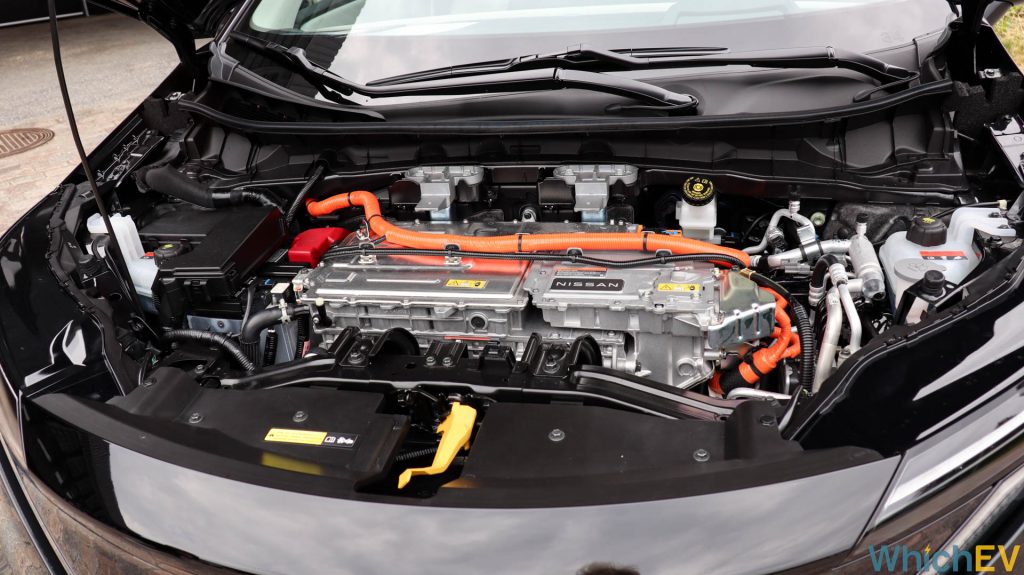
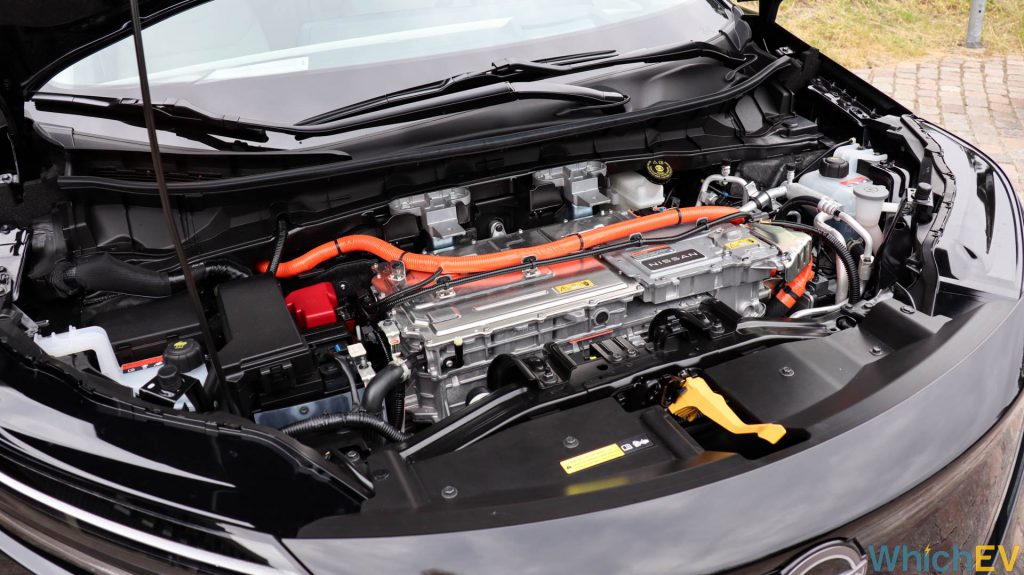
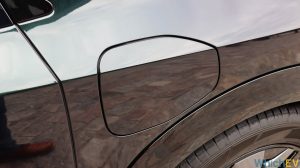

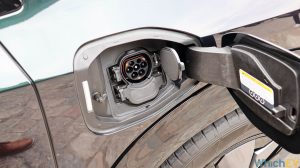
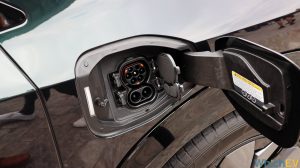








Discussion about this post